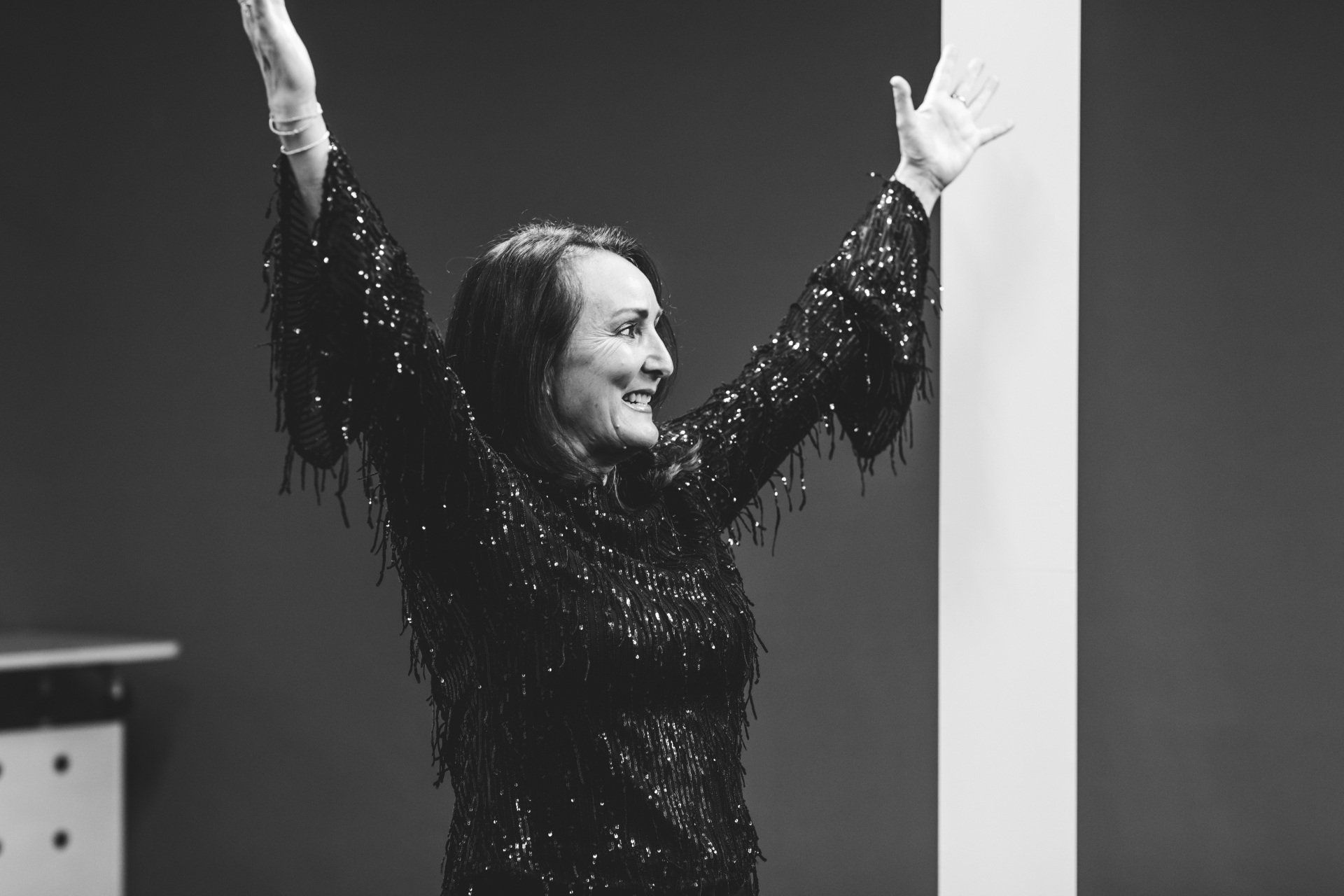What joining and leaving the Mormon Church taught me about myself.
Sometimes we aren’t who we think we are!
I married a Mormon when I was 22.
“We can’t be together unless you join the church”.
My father cried and told me the man I was about to marry was ‘The Devil’.
I was in love. I got baptised. We eloped.
My family disowned me.
I gave birth to 6 children in 10 years. It was a complete immersion into a life of religious service and obedience, devotion to being a perfect wife and mother. I tried hard to make it work, to mold myself into a righteous Latter Day Saint woman. It was challenging to see my peers enjoying overseas travel, exciting career opportunities, the freedom and fun of being in your twenties and discovering who you are. This created a huge dichotomy within me — was I Iiving MY life? Was I free?
‘The truth shall set you free’.
Was this my truth?
“It’s the one true and living church on the earth” my husband would tell me. “I’m just not sure it’s right for me”, I would reply. “Well, just think of your eternal salvation!”
What did that even mean?
But it scared me enough to stop asking questions.
My old friends fell away. I made new friends within the church community. Women like me, raising large families, living ‘in the world but not of it’. Reading scriptures to our children morning and night, keeping ourselves morally clean and pure in thought and action. I would huddle on my knees late at night praying to God to help me cope with the six children. To be able to last a day without raising my voice in anger or to even think an angry thought. I beat myself up for days after telling my young son to “shut up”!
I was incredibly hard on myself, although there were moments of deep joy and solace from prayer, church service and attendance. The one question that niggled deep within; after all that I did to keep myself righteous, to honour my husband and to raise a family ‘strong in the Lord’, was: “Is this right for me?”
Is this who I am?
A friend died of cancer — a beautiful, wise, funny man. At his funeral the message he asked his family to share was a quote by American poet Mary Oliver:
“Tell me, what is it you plan to do with your one wild and precious life?”
MY ONE WILD AND PRECIOUS LIFE
I had chronic upper back pain — deep, sharp, inescapable. A Chinese acupuncturist told me to “free your soul”.
It took many years to extricate myself from the marriage and religion. They were completely entwined. Immense guilt. Shame. Fear. How could I spend over 20 years creating a family, a marriage, to simply walk away because ‘it doesn’t feel right’!
Who does that? What sort of person? What is right for me? Is what’s right for me right for my children?
I needed to ask better questions.
How do I free my soul? How do I fully honour who I am and make choices to support that? How do I find the courage to do what feels right for me? How do I live my one wild and precious life in a way that feels completely authentic to who I am?
Who am I?
I began to replace my questions with affirmations of power and hope.
I am clear.
I am courageous
I am open and receptive to change
I am living my soul directed life with ease
My life deeply reflects who I am
All is well in my world
I left the Mormon Church and my marriage over 10 years ago. It was painful. Hard. Confronting. I survived. My children survived. My ex-husband survived. There have been many gifts from this experience.
Resilience. Forgiveness. Change.
I now live a life that feels fully in balance with who I am. I’m grateful for the journey I’ve been on. Being part of an organised religion showed me who I am and how I desire to live. No right or wrong, just simply choices that align with me.
At times I still pray. I meditate, I ponder, I journal, I ride my bike.
I seek for maximum joy where my soul feels free.






